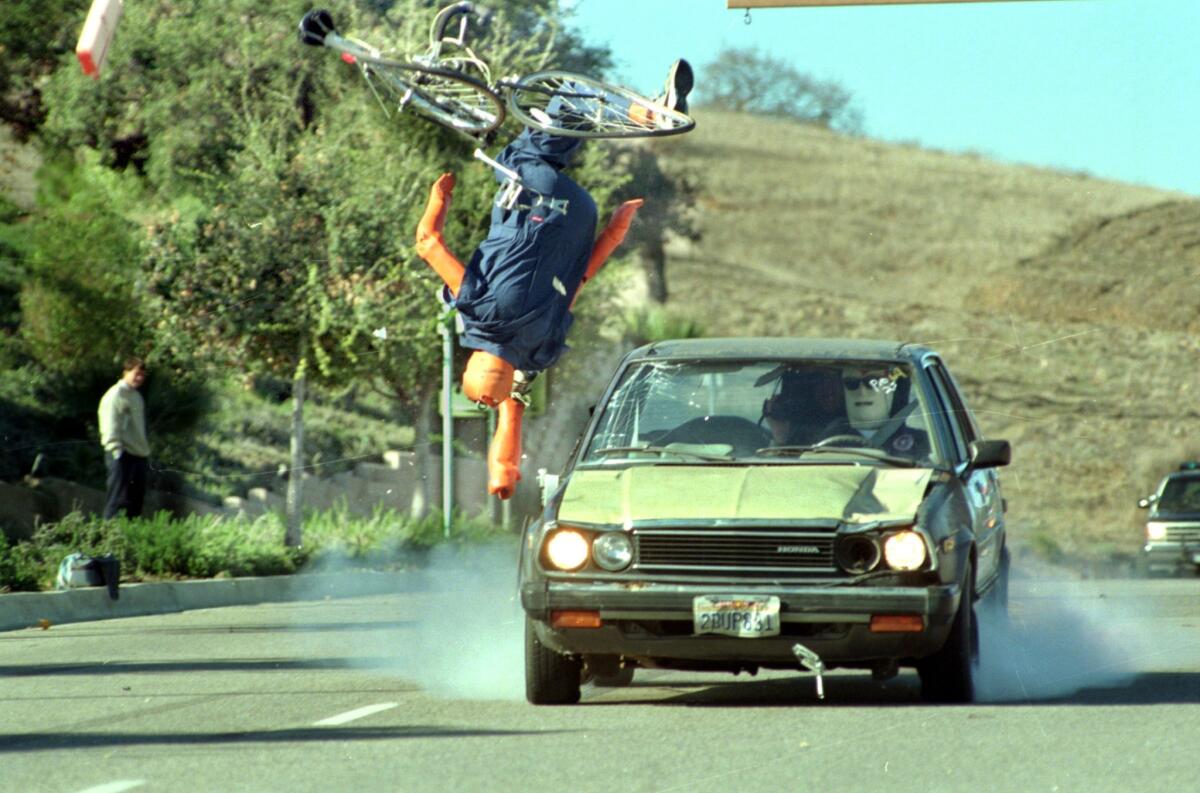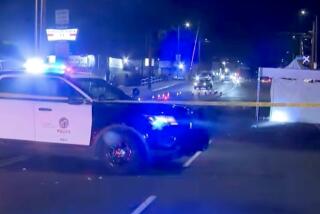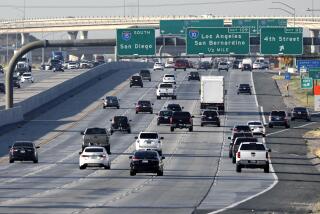Bicycle traffic deaths soar; California leads nation

- Share via
If you are going to be killed by a car while riding a bicycle, there’s a good chance you are male, older than 20 and living in California or Florida.
That’s the finding of a report issued Monday by the Governors Highway Safety Assn. that also noted that between 2010 and 2012, U.S. bicyclist deaths increased by 16%.
California, with 338 cyclists killed in collisions with motor vehicles, and Florida, with 329, had the highest totals during that period, the report said.
They also had the largest increases in annual cyclist traffic fatalities from 2010 to 2012. Florida’s deaths rose by 37 to 120 in 2012 while cyclist traffic fatalities in California rose by 23 to 123. California had the most bicyclists killed of any state in 2012.
Nationally, cyclist traffic deaths jumped from 621 in 2010 to 680 in 2011 and 722 in 2012. The 16% increase was far greater than other motor vehicle fatalities, which rose by just 1% during this same time period.
Bicyclist deaths account for about 2% of deaths involving motor vehicles nationwide. But they account for about 5% in Florida and a little more than 4% in California.
Just six states, California, Florida, Illinois, New York, Michigan and Texas, accounted for 54% of all cycling traffic fatalities from 2010 through 2012.
Allan Williams, formerly the top scientist at the Insurance Institute for Highway Safety, analyzed fatality data to uncover bicyclist crash patterns and compile the report.
He noted there have been “remarkable changes” in who is dying in crashes involving bicycles and cars. For example, adults age 20 and older represented 84% of bicyclist fatalities in 2012, compared with just 21% in 1975. Adult males comprised 74% of the total number of bicyclists killed in 2012.
The lack of helmet use and alcohol impairment continue to contribute to bicyclist deaths, he said.
In 2012, two-thirds or more of fatally injured bicyclists were not wearing helmets, and 28% of riders age 16 and older had blood alcohol concentrations of .08% or higher, the level at which someone is considered impaired.
“What’s notable here,” Williams said, “is that the percentage of fatally injured bicyclists with high BACs has remained relatively constant since the early 1980s and did not mirror the sharp drop in alcohol-impaired driving that occurred among passenger vehicle drivers in the 1980s and early 1990s.”
Despite the recent increases in cycling deaths, the total is still below the 1,003 fatalities that occurred in 1975, when researchers started tracking the data.
The report did not say why bicyclist deaths have increased in recent years. Williams said there were mixed data on whether cycling is increasing in the U.S., although he did say there is some evidence that suggests there are more bicycle commuters than in previous years. That could be resulting in more exposure of cyclists to urban auto traffic.
The report observed that “roads were built to accommodate motor vehicles with little concern for pedestrians and bicyclists. Integrating motor vehicles and bicycles in already-built environments presents challenges.”
It said cyclists are safest with a physical separation of bicycles and motor vehicles by providing “cycle paths.” But it noted that such separated paths “are rarely feasible.”
In their absence, states and cities should consider:
- Building more marked bike lanes.
- Bicycle boulevards that travel through a network of traffic-calmed roads that parallel urban arterials.
- Using bike boxes - a space in a lane before an intersection solely for bikes – that provide bicycle visibility and protection against cars turning right across the bike’s path. So called “right hooks” where cars turn right into the path of a bicycle that has the right of way are one of the most common car-bicycle crashes.
- Build separate bicycle traffic signals with advance green lights for cyclists.
Follow me on Twitter (@LATimesJerry), Facebook and Google+.







